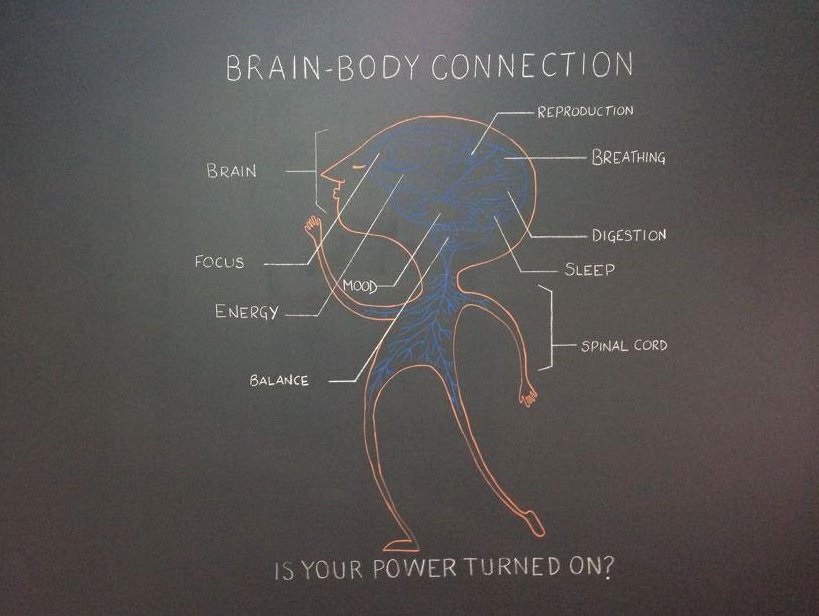
Being a chiropractor, one of the most common things I hear when people find out my profession is the list of aches and pains of the people in a group, and I’m happy to help and provide insight into the problem whenever this situation arises. Although I’ve noticed that a common thread runs through their descriptions of their health issues, and it goes something like this: “Oh, my back has been killing me for years… but I’m sure it’s just muscle.“
I have an idea as to what they are really saying, and it’s typically that they’re just not interested in making the time and financial investment that goes along with addressing and correcting the problem. But, lets go ahead and address the inherent problem with this statement, and go over some strategies to help identify some common problems and how to handle them on your own.
The Problem of being “Just Muscle”
Muscles are not tissues that operate in a vacuum of space and time. Our muscles are covered in fat, connective tissue (called fascia), connected to blood supply, and studded with nerve supply. In addition, muscles have multiple connections to various bone structures. The fascia wrapping around the muscles sometimes connected multiple muscles together across various joints.
The sheer number of pain generating tissues that are intimately related to our muscles is more complex than we could have imagined. Take these examples: A pain in your back can easily be traced to a muscle at the front of your leg. A pain in your shoulder can be a nerve traced from your neck. A pain in the calf can easily be a problem with an artery in the leg.
In essence, telling a chiropractor that you’ve had a pain in your spine for years and saying it’s “just muscle” is like telling a Medical Physician that you’ve had a cough for years, and telling them that it’s probably “just a bug”. The truth is, there is likely something more complex going on, and it should probably be addressed before it becomes a more problematic and chronic issue. Continue reading “When It’s More Than “Just Muscle””





